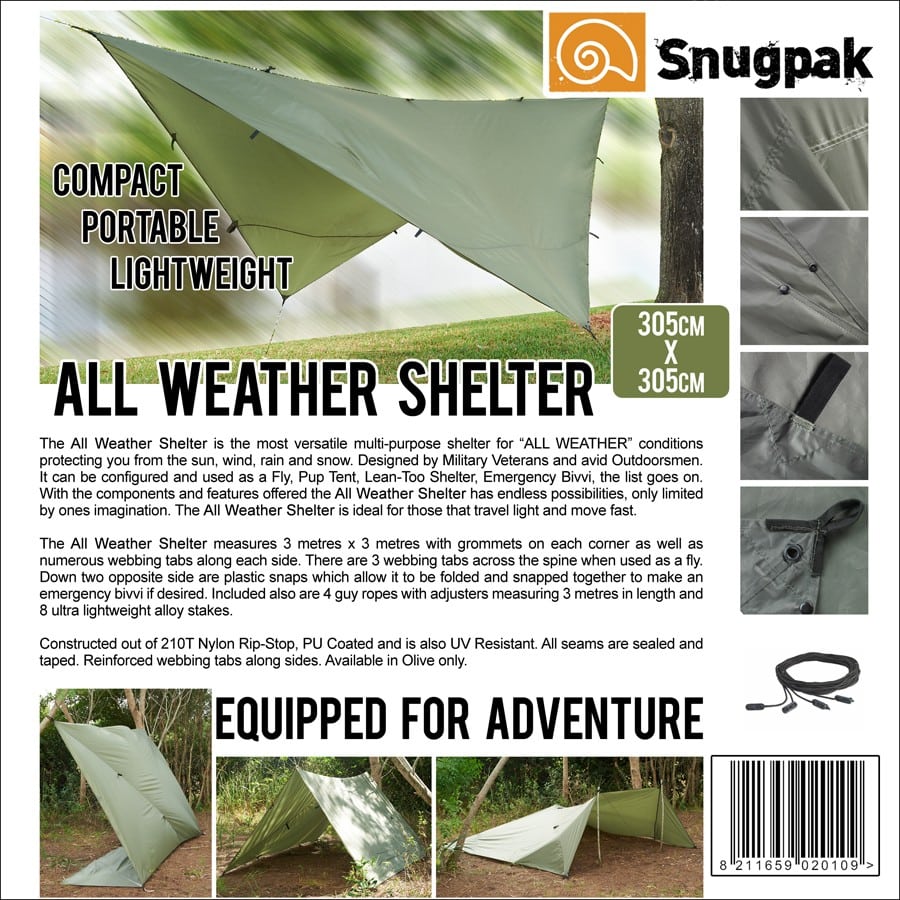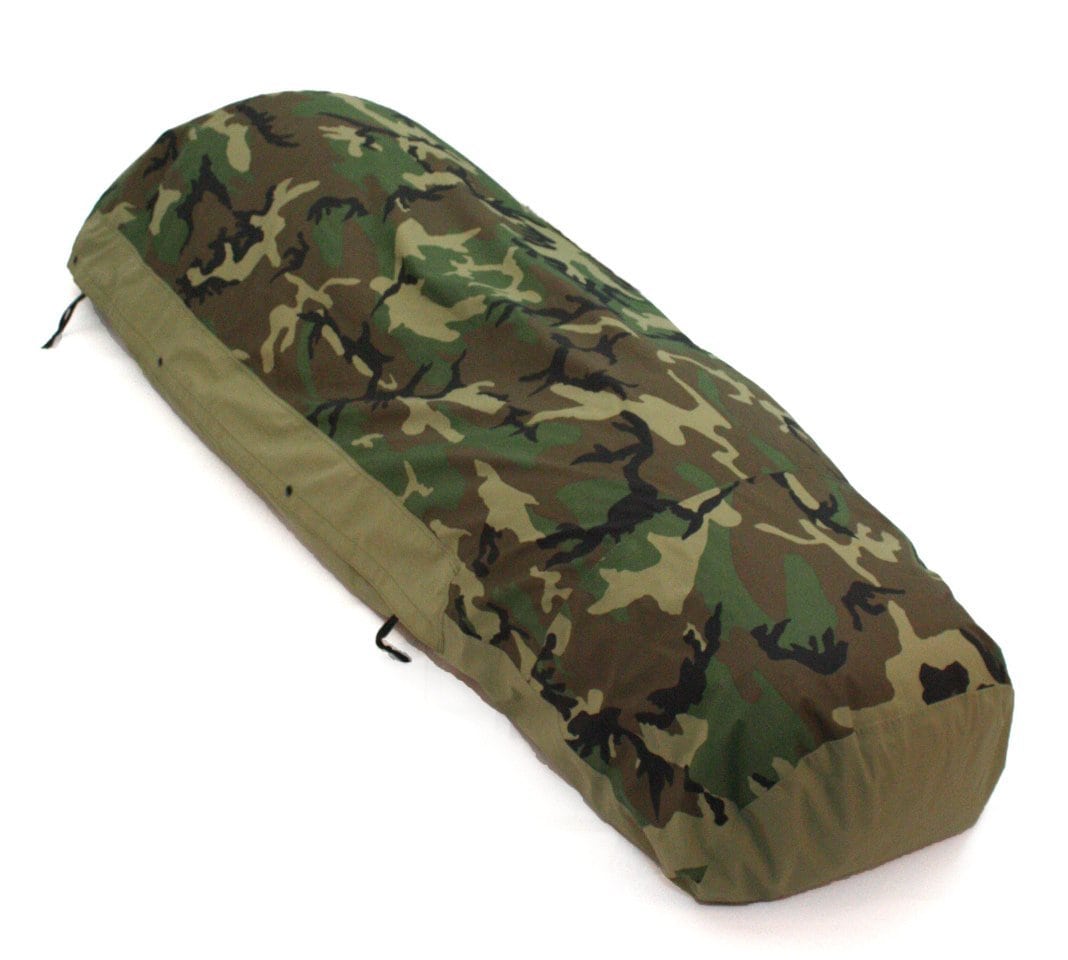Are you fretting about how you’re ever going to carry that oblong and heavy tent in your bug out bag? If you’ve never camped without a tent, you might think of it as an absolute necessity. Truth be told, while tents do have exceptional shelter performance in some circumstances, they are not always the best option to keeping warm in the cold. In my experience, many times ditching a tent is more of a psychological hurdle than anything.
Before we understand why having no tent may be a better option, we have to look at some fundamentals of heat loss. If you remember your high school physics class, feel free to bypass!
- RADIATION – Heat generated by the body is given off passively to the surrounding atmosphere.
- CONDUCTION – Being in direct contact with a colder surface. This can be solid or liquid medium in contact with your skin.
- EVAPORATION – When you sweat or have wet clothing, the evaporation of that liquid withdraws heat quicker.
- CONVECTION – When a medium such as air/wind or liquid/water runs over your skin and carries away heat actively
So, which of the aforementioned categories do tents excel in terms of heat retention?
- RADIATION – Nope, not much help at all. A tent is not an insulator. That’s the job of your sleeping bag.
- CONDUCTION – Nope again. A tent does not insulate you from the ground. That’s the job of your sleeping pad.
- EVAPORATION – Yes and No. Tents will definitely protect you from the rain which could lead to evaporative heat loss. However, if you’re already wet, you’re wet. The only way you are going to prevent heat loss is by getting dry or never getting wet (e.g. – sweating/rain) in the first place.
- CONVECTION – Yes! Tents will definitely protect you from the wind which will help you to avoid convection heat loss.
So, with what regards do tents FAIL?
- First and foremost, you can’t get the benefit of heat giving radiation from a fire!
- If you like to breathe oxygen, you are inherently respirating moisture in your tent. Ever wonder why the inside of your tent is moist in the morning? Your respiration and the temperature difference are part of it.
- Even a single person bivy can add considerable weight to your pack.
- If poles are included, they become very awkward to position around your pack.
So, what’s a better option?
An all weather shelter tarp!!! I personally use the Snugpak All Weather Shelter below. You can view the product on Amazon.com by clicking on the picture. It is selling for around $60.00. Why is this a better option? My commentary is below.
Why is this better?
- It’s lighter than many bivy tents at only 2 lbs.
- There are no poles to deal with, only paracord and stakes. Very easy to pack in your bag!
- You can configure the tarp in one of many shapes and get the benefit of sitting by a fire.
- There are multiple configurations. Even in some tough storms, you can position the tarp to prevent rain and wind from sucking the heat out of you. It is “almost” as good as a tent!
How do I further make this configuration BOMB PROOF?
Remember, you still need a good pad to protect you from ground conduction, and you need a good sleeping bag to prevent radiation heat loss. To make your sleeping bag even better, buy a military surplus bivy cover. These run on amazon for about $55 and are an incredible purchase. If rain or wind sneaks through your tarp shelter, this sleeping bag cover will protect you!
If you’re dead set on a tent
There’s lot’s of great tents out there, but there is a nice simple “tent hack” to add extra heat. Put some rocks by the fire and let them get hot. After they are warmed up, bring them inside your tent!! CAUTION – if they are extremely hot, you will need to make a make-shift bin of small logs paracorded together. This will prevent your tent from touching the rocks which could melt the fabric. These rocks will provide some nice radiant heat for you throughout the night!
If you’ve ever “roughed it” without a tent, I’d love to hear your experience.





